Omar Z. Robles is known for transforming everyday city scenes into cinematic narratives, using body language and gesture to express what words cannot. A former mime who studied under Marcel Marceau, Omar approaches photography as a visual language, one that speaks through posture, motion, and human connection. His latest collection, City Hats, continues this exploration by using hats as symbols of identity, culture, and self-expression across urban life.
In this conversation Omar shares how his background in mime shaped his eye for movement and emotion, what it means to “make” rather than “take” a photograph, and how City Hats turns the streets into a study of individuality, collectivity, and character.
Note: This transcript has been edited for length and clarity.

OpenSea: You began your creative journey studying under Marcel Marceau, a well-known actor and mime. How did that bridge into photography?
Omar Z. Robles: It is interesting. I have always been very visual and drawn to nonverbal communication, storytelling, and magic. As a kid I loved performing and getting people’s attention. I did magic tricks and told jokes. I was also a gymnast. Mime became a great medium to use the body to tell stories and create fantasy using only the body and not words.
When I discovered photography, I did not stumble into it by accident, but I never planned to do anything other than mime. Life took a different turn and I found photography.
OpenSea: How did that background shape how you capture emotion through photography?
Omar Z. Robles: In the mime technique I studied, you dissect the body. Imagine a mix of sculpture and stop motion. At any moment of a performance, someone should be able to make a photograph that feels pleasing, beautiful, and emotional. It is not charades. It is a language we all understand because we all mime in daily life.
When you walk into a room, your body speaks before you do. You can tell if your partner is angry or happy. That training shaped how I see and work.
Photography felt natural. Especially when photographing people. I do not do well with inanimate subjects. I need what I am photographing to speak back to me. In street work and in my early photojournalism, I look for gestures that speak. A speaker can say a lot on stage, but if their body does not reflect it, the photo is bland. Gesture carries the energy I want.

OpenSea: How did that translate into street photography?
Omar Z. Robles: I look for expressive moments and clear gestures. In my collection City, my second street photography collection in the NFT space, two photos show this well. One is called The Violence. A woman is walking on Seventh Avenue. You see tension in her face and body. Three men look at her. Their body language makes her uncomfortable, and the entire narrative lives in those gestures.
In another photo a man walks with a dollar sticking out of his pocket. Another man points at him. The way their bodies angle away from each other shows caution and surprise. You sense fear and the sudden realization that his money is falling out. That is what I look for when I am out on the street.
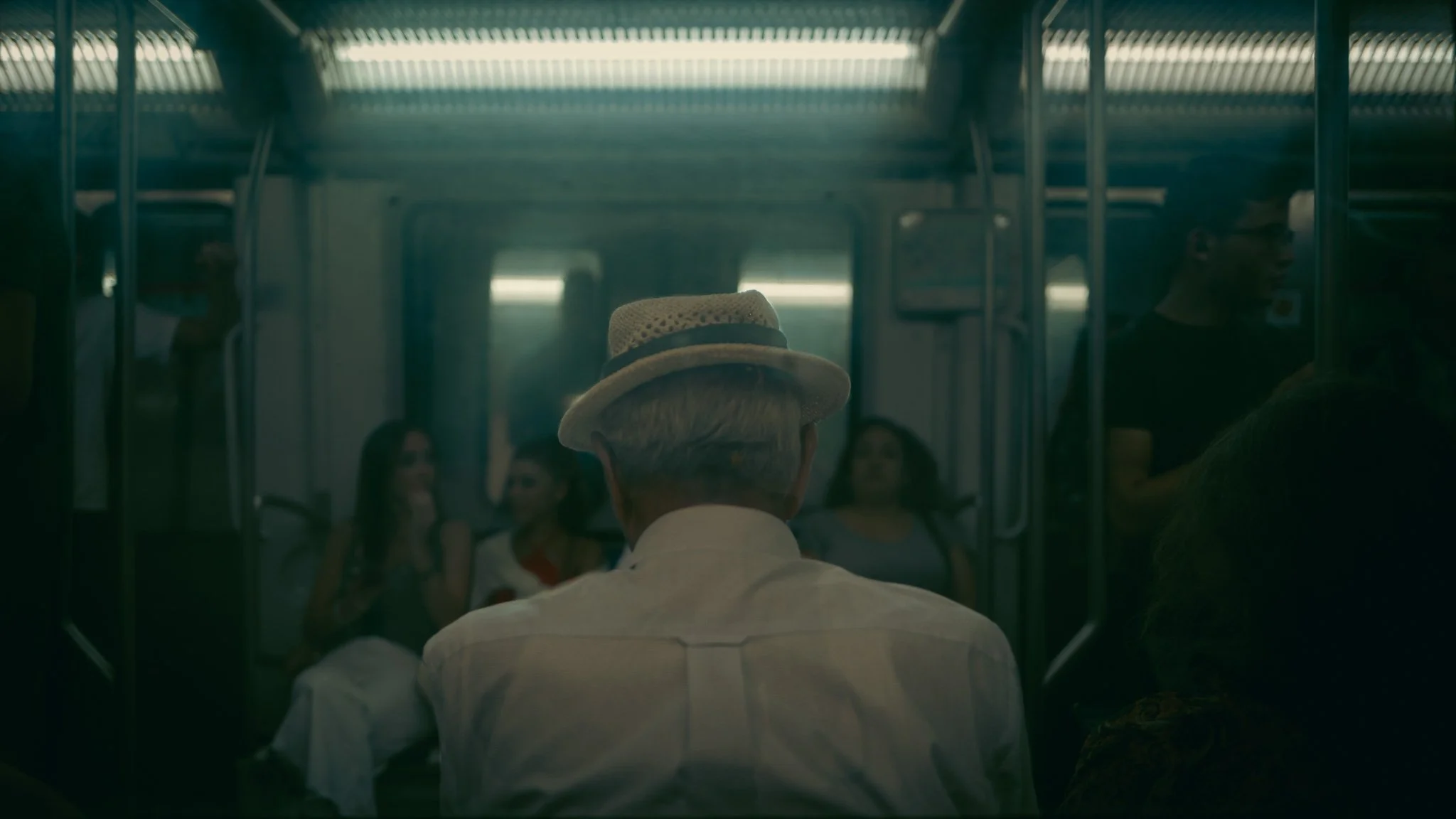
OpenSea: I am curious how you think your early experiences in photography influence your sense of timing, framing, and storytelling?
Omar Z. Robles: I came into photography for a few reasons. One was my big brother. He is a journalist and a photographer. From him I learned a lot about storytelling on the documentary side. He told me early on that a camera is a weapon. You can build or destroy with it. That awareness shaped how I use the camera to be expressive and mindful.
Early on I worked as a photojournalist. I am a performer at heart, but also introverted. Approaching people one on one was hard. On assignment I had a mission and a paycheck at stake, so I pushed through. For personal work I was afraid.
Street photography helped me leave that comfort zone and make work on my own terms. I studied art and composition, so those rules sat in the back of my mind. The bigger hurdle was confidence. Pointing the camera at people without feeling blocked. Repetition helped. Today I do not care if people look at me. I make the photo and decide later if I should publish it.
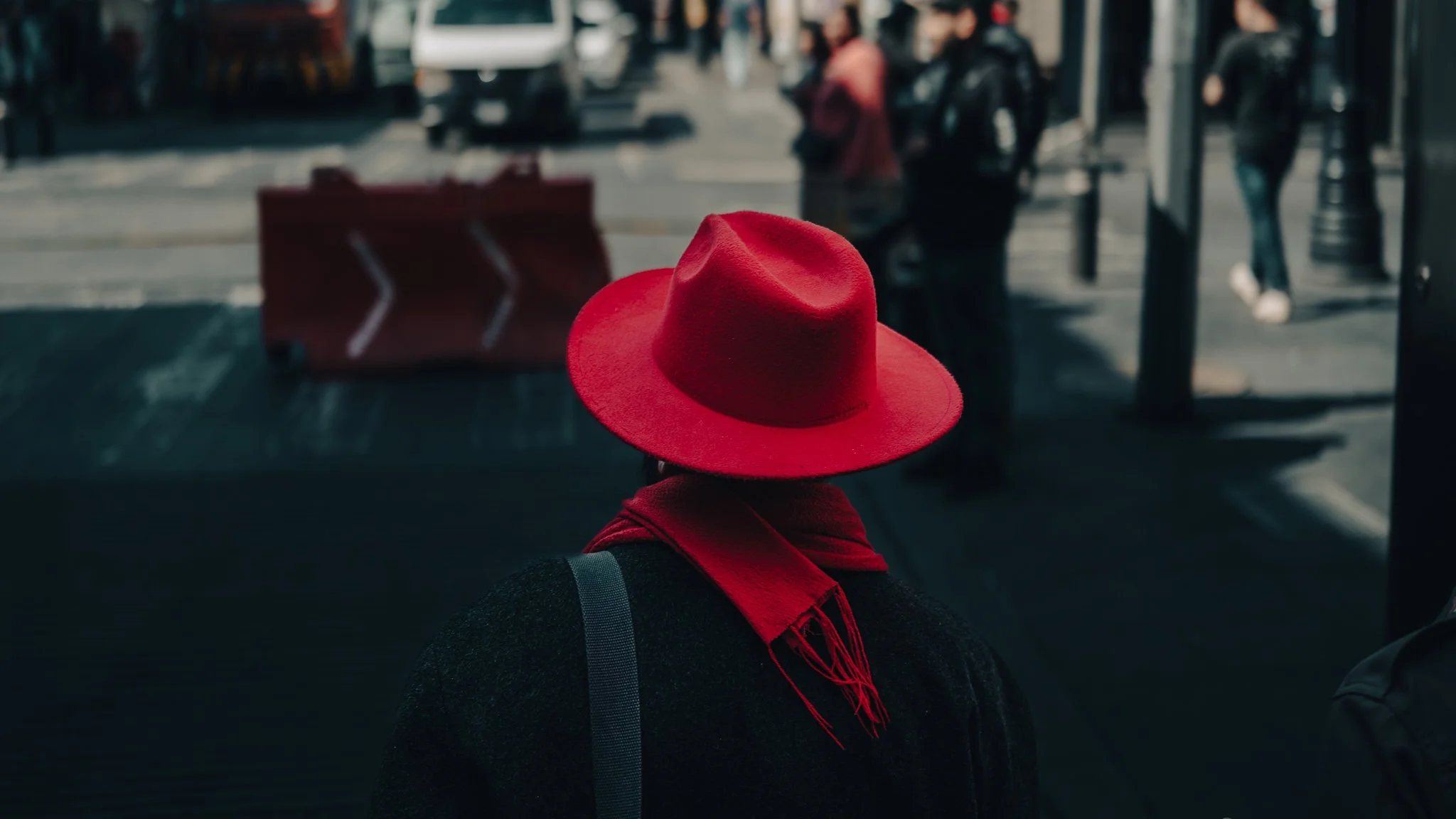
OpenSea: How has living and working in cities like New York shaped your understanding of expression and connection?
Omar Z. Robles: I started street photography in Chicago. It is not as empty as a car centric city, but it is not New York. I am from Puerto Rico, where much of life became suburban with people in cars. As malls grew, people spent less time in town squares. You lose skin to skin contact.
In Chicago there are people, but there is more distance. I often used a 50 millimeter or an 85 millimeter lens. When I moved to New York, people were right in your face. You must react quickly. In Chicago I could see a scene developing at a distance and prepare. In New York things happen on top of you. You change tools and your response time.
The photo of the woman with the three men is a good example. That happens right in front of you. I used a 35 millimeter lens and had to be close to fill the frame. Three things happen fast. Awareness. Decision. Action.
In that photo there are three men looking at her, and there is a fourth, which is me. She is already uncomfortable. When I bring the camera up I might increase her discomfort, and those men might confront me. The decision happens in a split second. The story may be bigger than my comfort or hers in that moment. I make the photo, then decide later whether to publish. You miss every photograph you do not make.
Cities like New York, Paris, and Mexico City taught me to be aware, fluid, and nimble in body and mindset. I am always scanning and carrying my camera. If I’m with you, I might run off if I see something.
OpenSea: Let us talk about your upcoming collection, City Hats. What inspired this particular series, and what drew you to focus on hats as the centerpiece?
Omar Z. Robles: Hats have always been part of my life as a performer. Marceau’s main character wore a hat with a little flower, and hats are markers of character. They are like masks. On stage a hat can change your posture and your persona.
I have collected hats for years. Then I became bald, which gave me one more reason to wear them.
In street photography I started chasing a single figure wearing a hat framed between buildings. That photo became Fedora in the City collection and it was collected by Chikai. I kept trying to improve that picture. The repetition became an obsession, and then I realized hats were characters in the city.
Different hats say different things. A sun hat is not a fedora or a cowboy hat. Hats can mark individuality, but they also mark community, culture, religion, or membership. In New York you might see Hasidic Jews with specific hats and rain covers. You might see Mennonite style bonnets. All of these read as visual language.
Photographers are hoarders in a way. My city collections often begin with one strong photo, then I try to one up myself. Another example is City Dads, which focuses on fathers in urban space.
OpenSea: You quoted Lilly Daché about hats expressing who we are, where we are going, and where we have been. How does that idea show up in this drop?
Omar Z. Robles: Hats carry how we want to be perceived. They reflect where we come from and where we are in life, and they project who we want to become. Sometimes we look back and think what was I thinking, but that projection means we are alive and imagining another day.
People adorn hats with pins, feathers, or statements. Johnny Depp has a line in Arizona Dream that I love. You should not be ashamed to walk outside without pants as long as you have a hat. A hat can give you pride. Graduation caps have a language. A pointy witch hat has a language. People carry that pride.
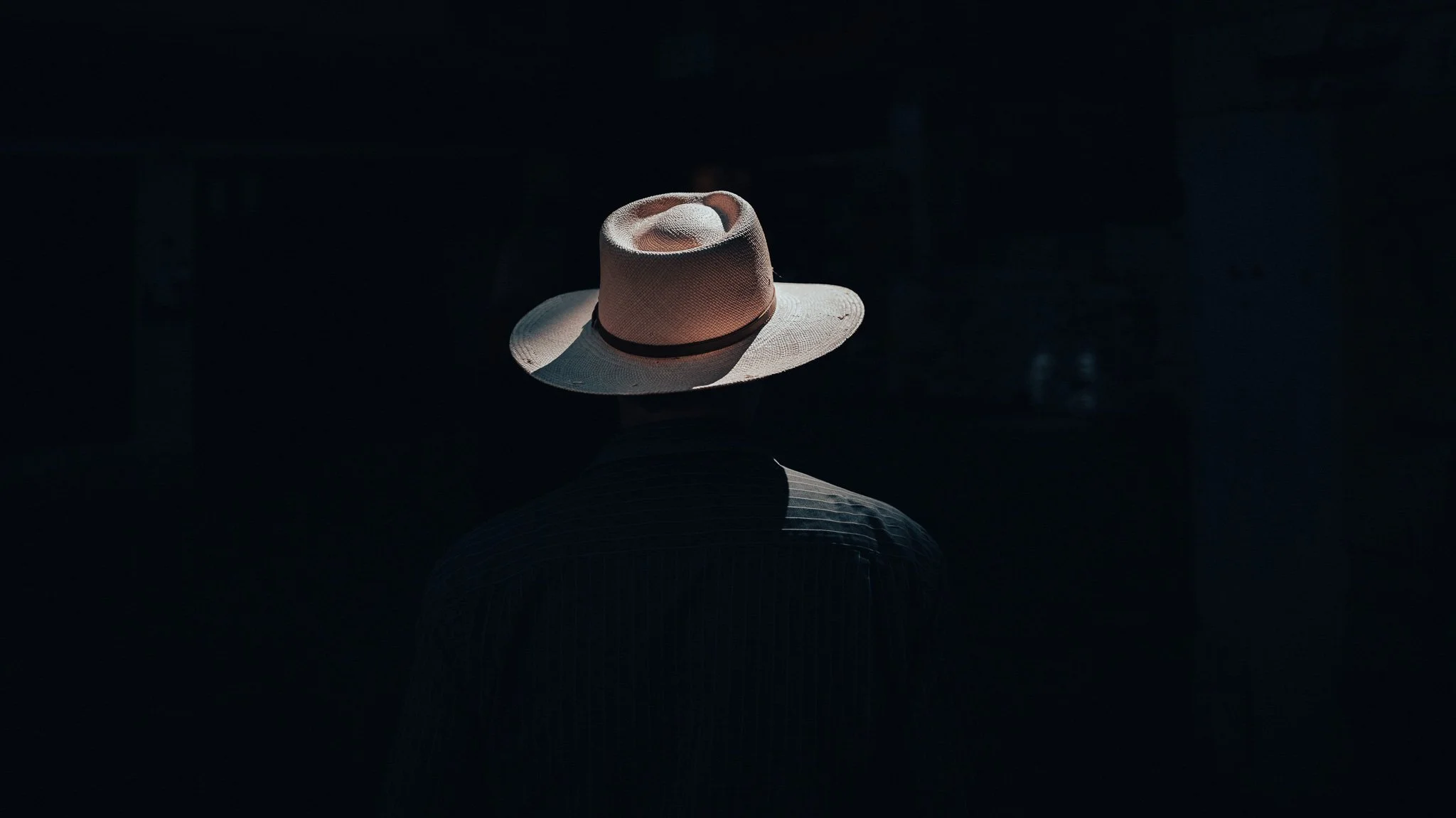
OpenSea: When you compose and edit, do you think about the character of each hat type?
Omar Z. Robles: My editing is instinctual. I respond to the light and the mood more than to a taxonomy of hats. If a scene is already contrasty I might lean into it and isolate the hat. In some photos the light hits the hat and everything else falls back, so the hat floats. I could lift the shadows and reveal everything, but isolating the hat says more.
OpenSea: You are creating an allowlist for this collection that includes communities like Good Vibes Club and Chromie Squiggle. Who else is involved and why?
Omar Z. Robles: Several communities are involved. Squiggles and Good Vibes Club. Meebits, Bright Moments and Punks as well. My previous collectors are the first allowlist. These communities have impacted my journey in the NFT space.
Tony Herrera was one of my first collectors and is a strong Punks advocate. I believe my first collector was Bharat Krymo. Tony and Bharat, as part of the Punks community, were early inspirations during my NFT journey. I met Snowfro in Paris. He is an inspiration and incredibly approachable. Bright Moments welcomed me to photograph events. I minted a wide photo from the Venice closing as a claim for their community. These communities have supported me, and this is a way to honor that.
OpenSea: Can you walk us through the trait system for City Hats and how it shapes the collecting experience?
Omar Z. Robles: I am excited that I added traits to the photos. My hope is that it adds to collectibility. People can filter by hat style, color, material, city, or country. All of that lives in the metadata.
There are personal categories too. The Heroes are very unique one of ones that feel like grails. For example, one man built an aluminum foil construction that looks alien. There are Omar’s grails which are special to me because of the photograph itself or the moment. There are gesture traits like people holding their hats. There are reflections, including one where you see my reflection and I am wearing a hat. There are umbrellas which give a London feel and also recalls silent film frames.
I wanted multiple ways to engage, either through traits or by finding a photograph that simply speaks to you. It was a lot of work. One thousand photos tagged by hand over three or four months. I created many traits, then simplified so it did not become noise. The goal is clarity, character, and a better collecting experience.
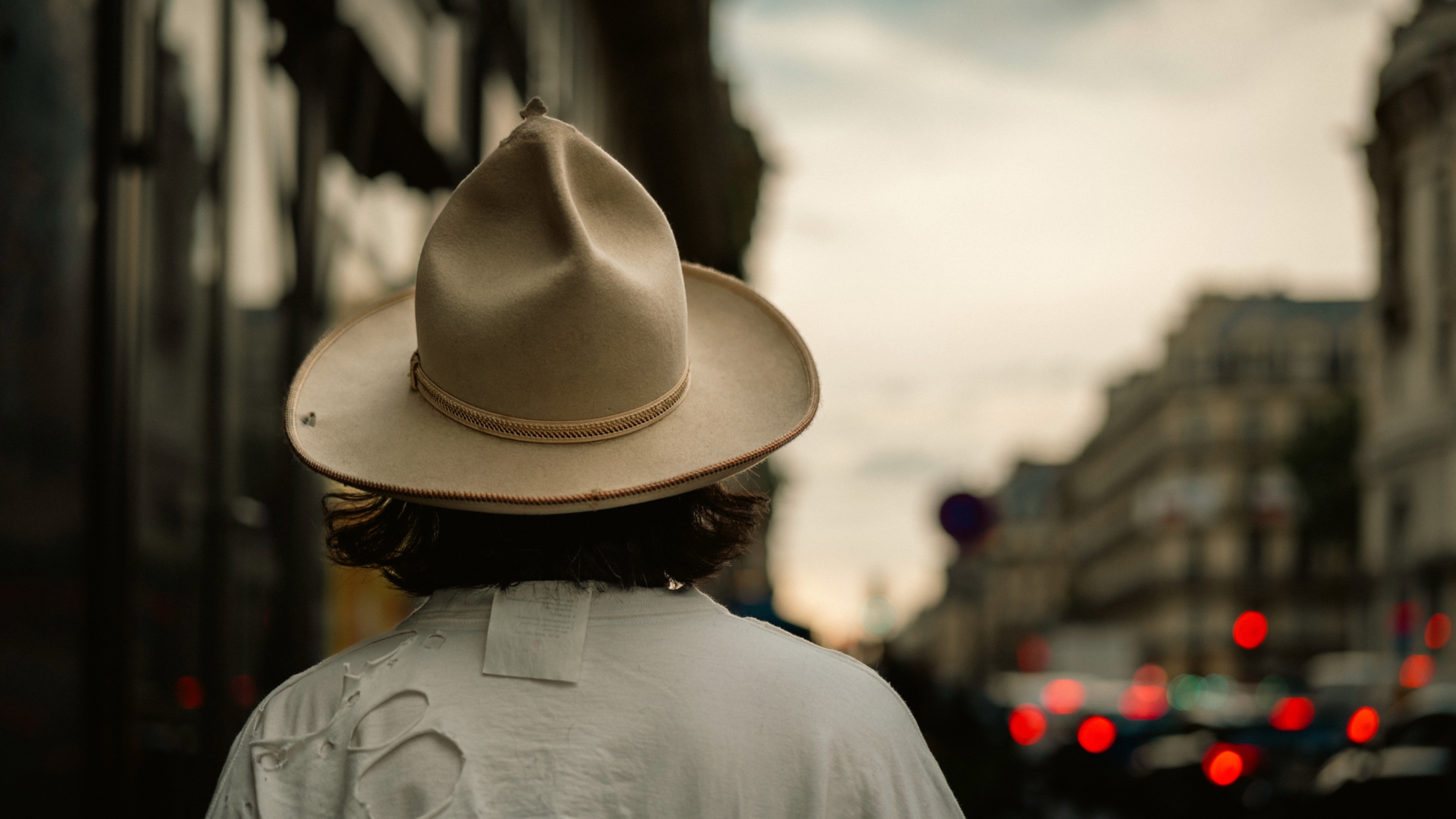
OpenSea: As a curator, I love that you included your favorites in Omar’s grails. It invites people to see the photograph through your eyes and understand your choices.
Omar Z. Robles: Exactly. It invites a conversation with the work.
OpenSea: How do you see web3 changing how artists connect with audiences?
Omar Z. Robles: There is good and bad, but the biggest upside is the ability to transact directly with far less friction. I sell prints on my site, but shipping adds friction. In web3, collectors can support you quickly. People also speculate. That is part of art in general.
Web3 democratizes access. People do not have to walk into a gallery to acquire your work.
Communication is too dependent on Twitter. If it goes down people panic. We need ways to connect that are not platform bound. It will take work to make web3 mainstream. The best proof of life is that we are still here. Markets go up and down, people leave, and we keep going.

OpenSea: Where do you see your creative journey heading next?
Omar Z. Robles: People ask for a five year plan. I am focused on staying alive and finding an apartment. Jokes aside, I want to keep making waves in NFTs and establish myself as a force in the art world. I believe what I have to say matters, and I want to share it with as many people as possible.
Photography has been treated as the ugly duckling of the art world. When I entered the NFT space there were few photographers and little photography collecting. Some collectors said photography had no place in NFTs. I spent time educating and debating.
The market has taken hits and photography has taken one of the biggest, especially with AI and talk of post photography. I want to help bring a resurgence of photography. I hope this collection signals that photography is alive and here to make an impact.
OpenSea: One last question. Why do you avoid the words take or capture?
Omar Z. Robles: People often think street photography is intrusive and subtractive. I am not taking anything. I am making a photograph. The photograph did not exist until I made it. Every choice is intentional and shapes the story. Lens, camera, angle, light, and even the decision to reveal or hide a face all carry meaning.
In City Hats I avoid faces on purpose. I want the gesture of the hat to speak. That is a choice that builds the meaning of the image.
Capture also feels wrong. It implies holding something captive. I am bringing something into the world and giving it to the ether. Language matters. Reminding myself that I am making helps me stay confident if someone confronts me. Most people do not know my intent, and we live in a society that can feel subtractive. I deescalate, explain, and often it becomes a positive interaction. Many times people ask me to send them the photo.
Disclaimer: This content is for informational purposes only and should not be construed as financial or trading advice. References to specific projects, products, services, or tokens do not constitute an endorsement, sponsorship, or recommendation by OpenSea. OpenSea does not guarantee the accuracy or completeness of the information presented, and readers should independently verify any claims made herein before acting on them. Readers are solely responsible for conducting their own due diligence before making any decisions.





.avif)
.png)
.png)
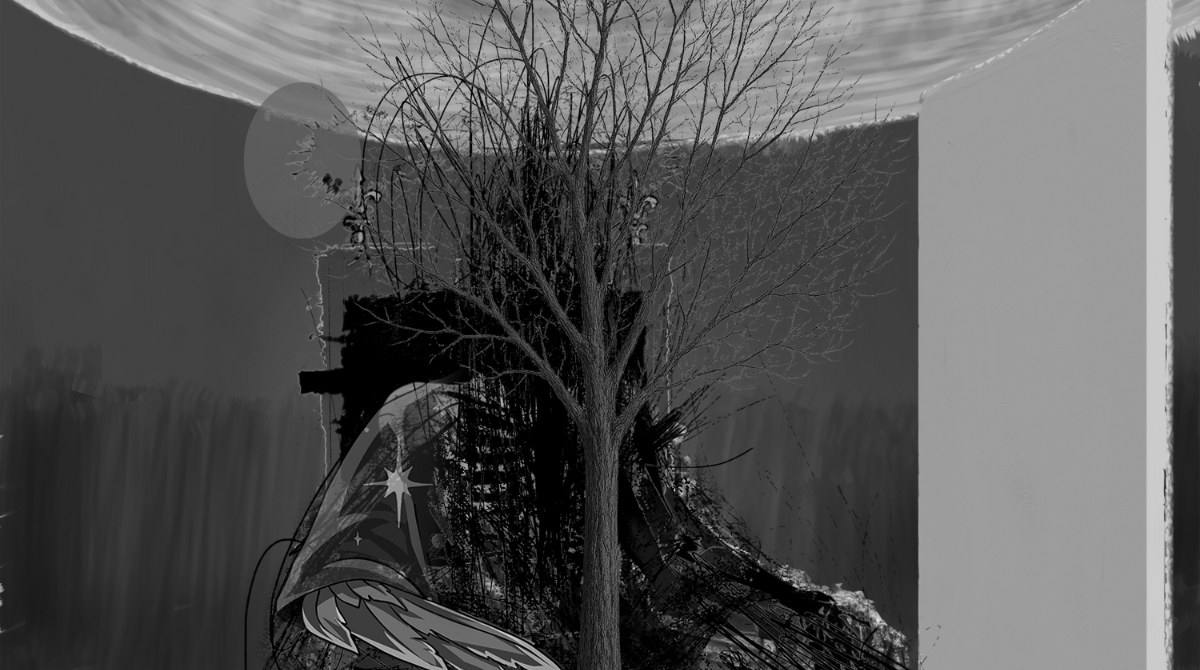



.png)
.png)